Art.-Nr.:
PLA-NA-LGF30Zahlung:
T/T or L/C (other payment ways also can be diProduktherkunft:
Xiamen, ChinaFarbe:
Original color (also can be customized)Hafen:
Xiamen, ChinaWas ist PLA-Material?
Polymilchsäure (PLA) ist ein neues biobasiertes und erneuerbares biologisch abbaubares Material, das aus Stärke hergestellt wird, die aus erneuerbaren Pflanzenressourcen wie Mais und Maniok gewonnen wird.
Stärkerohstoffe werden durch Verzuckerung zu Glukose verarbeitet, und dann wird aus der Glukose und einem bestimmten Stamm Fermentation zu hochreiner Milchsäure und dann durch chemische Synthese von Polymilchsäure mit einem bestimmten Molekulargewicht hergestellt. Die Polymerisationskette ist wie folgt.
Stärke (raffiniert) -- - > Glucose (Fermentation) -- - > Milchsäure (zyklisch) -- - > Lactid (Polymerisation) -- - > das PLA
PLA ist der „grüne Kunststoff“ mit dem größten Entwicklungspotenzial im 21. Jahrhundert. Es verfügt über gute mechanische Eigenschaften und Transparenz, aber seine Nachteile wie die langsame Kristallisationsgeschwindigkeit und die geringe Hitzebeständigkeit schränken seine Popularisierung und Verwendung ein. Daher wird häufig eine Härtemethode zur Verbesserung der Leistung eingesetzt, allerdings auf Kosten der Transparenz oder des komplexen Prozesses.
Was ist PLA LGF-Material?
The rigidity of the fiber makes it play the role of skeleton support in the polymer matrix. When the polymer is heated, the movement of the chain segment is limited, thus improving the heat resistance of the material
At present, carbon fiber and glass fiber can be used to enhance the modification of PLA. Among these fibers, carbon fiber and glass fiber are widely used because of their high strength and modulus.
The composite material was prepared by adding fiber into PLA. After heat treatment, the modification effect of the composite material was the best, and the heat resistance temperature was increased by nearly 40℃ compared with that of pure PLA. Two or more materials with synergistic effect can be added at the same time to improve the thermal performance of PLA. The test results show that the Vica softening temperature of the composites exceeds 140℃.
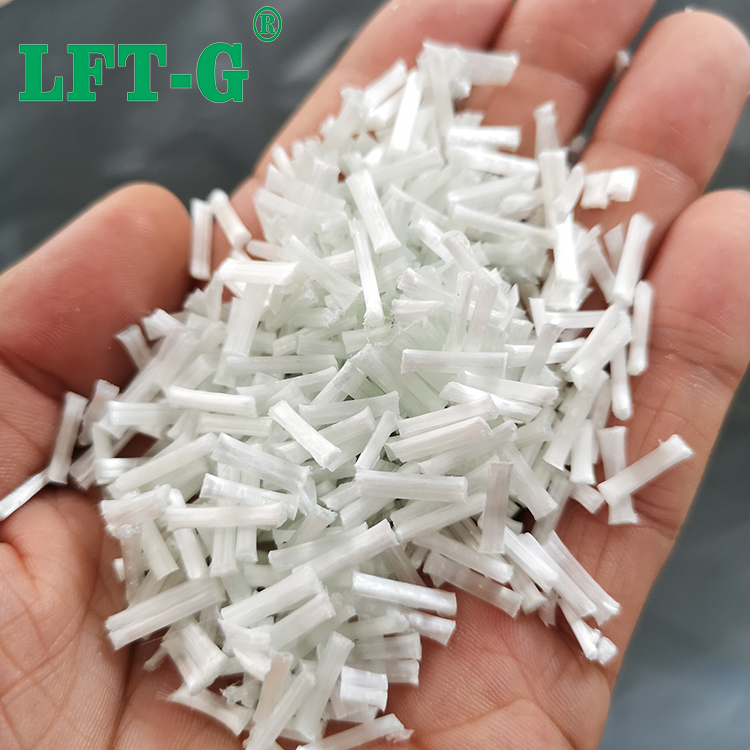
Production process


Details
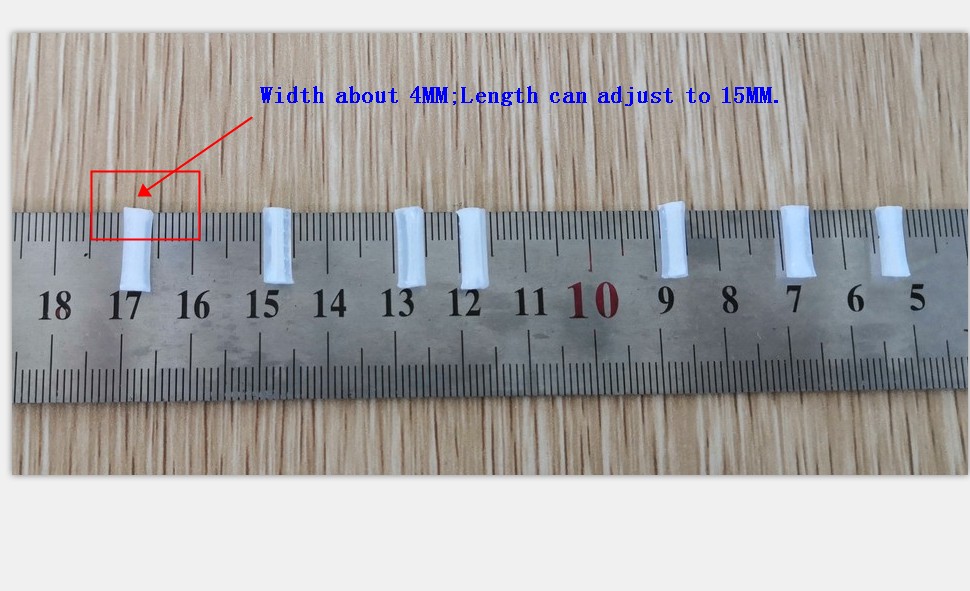
Other products you may wonder
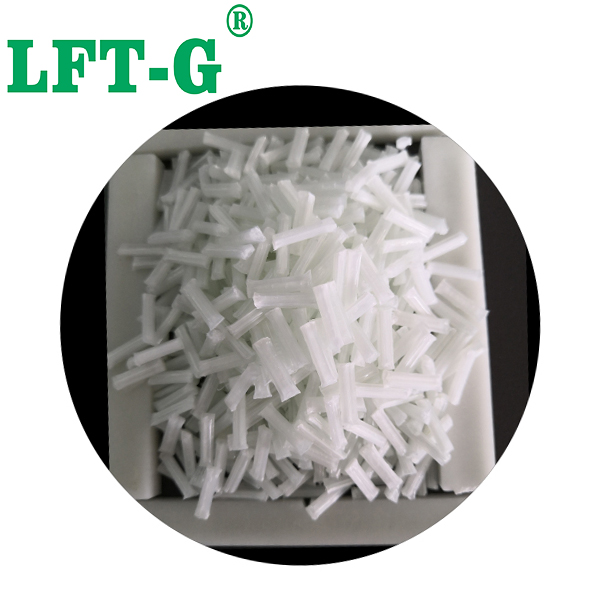
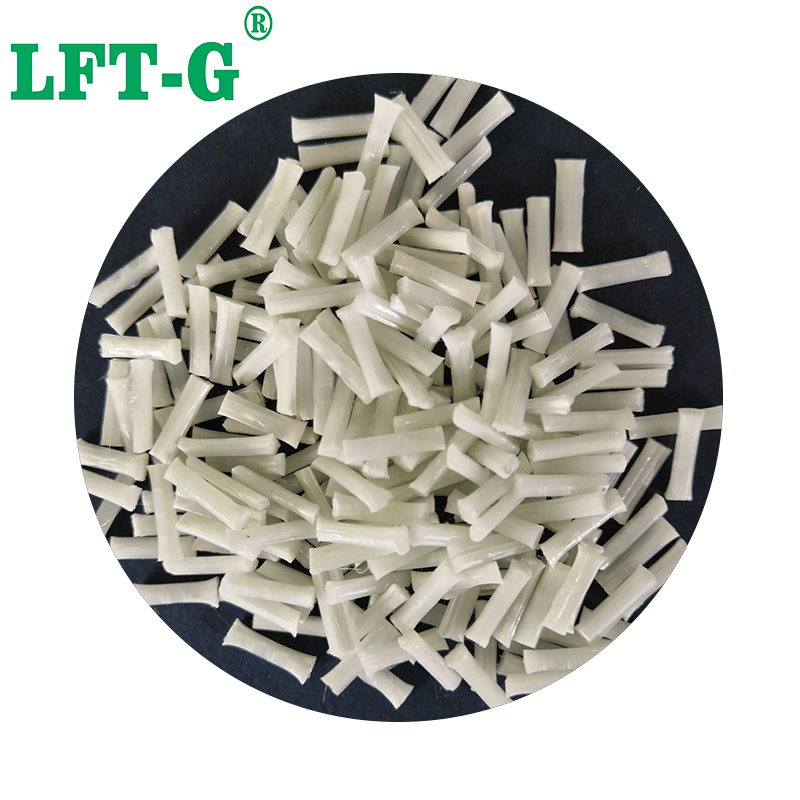
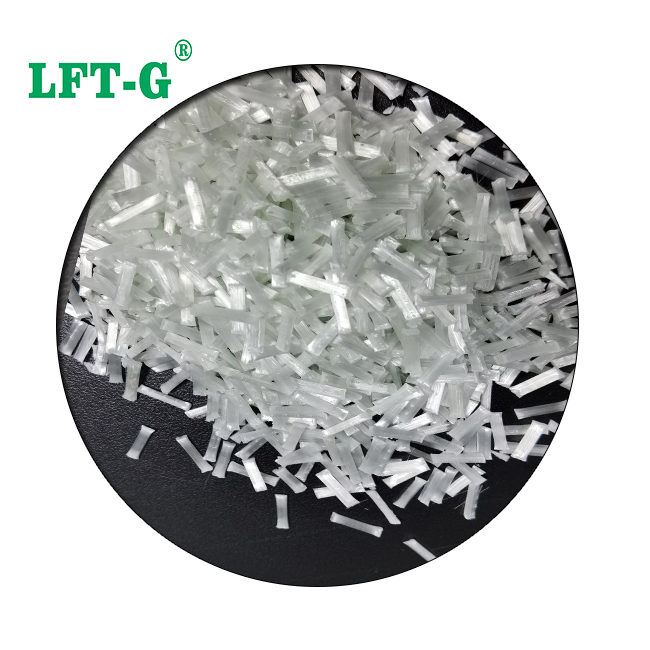
Frequently asked questions
Q. Does long glass fiber and long carbon fiber injection have special requirements for injection molding machines and molds?
A. There are certainly requirements. Especially from the product design structure, as well as the injection molding machine screw nozzle and mold structure injection molding process must consider the requirements of long fiber.
Q. The product is easy to brittle, so changing to use long fiber reinforced thermoplastic materials can solve this problem?
A. The overall mechanical properties must be improved. The characteristics of long glass fiber and long carbon fiber are the advantages in mechanical properties. It has 1-3 times higher (toughness) than short fiber, and the tensile strength (strength and rigidity) is increased by 0.5-1 times.
Q. When a customer want to develop a new product, how to recommend customers suitable material and characteristics?
A. Es ist notwendig, die technischen Anforderungen des Kunden, die Einsatzumgebung und die Testbedingungen für das neue Produkt zu verstehen und das Modell entsprechend den Eigenschaften verschiedener langfaseriger Harzsubstrate zu empfehlen.
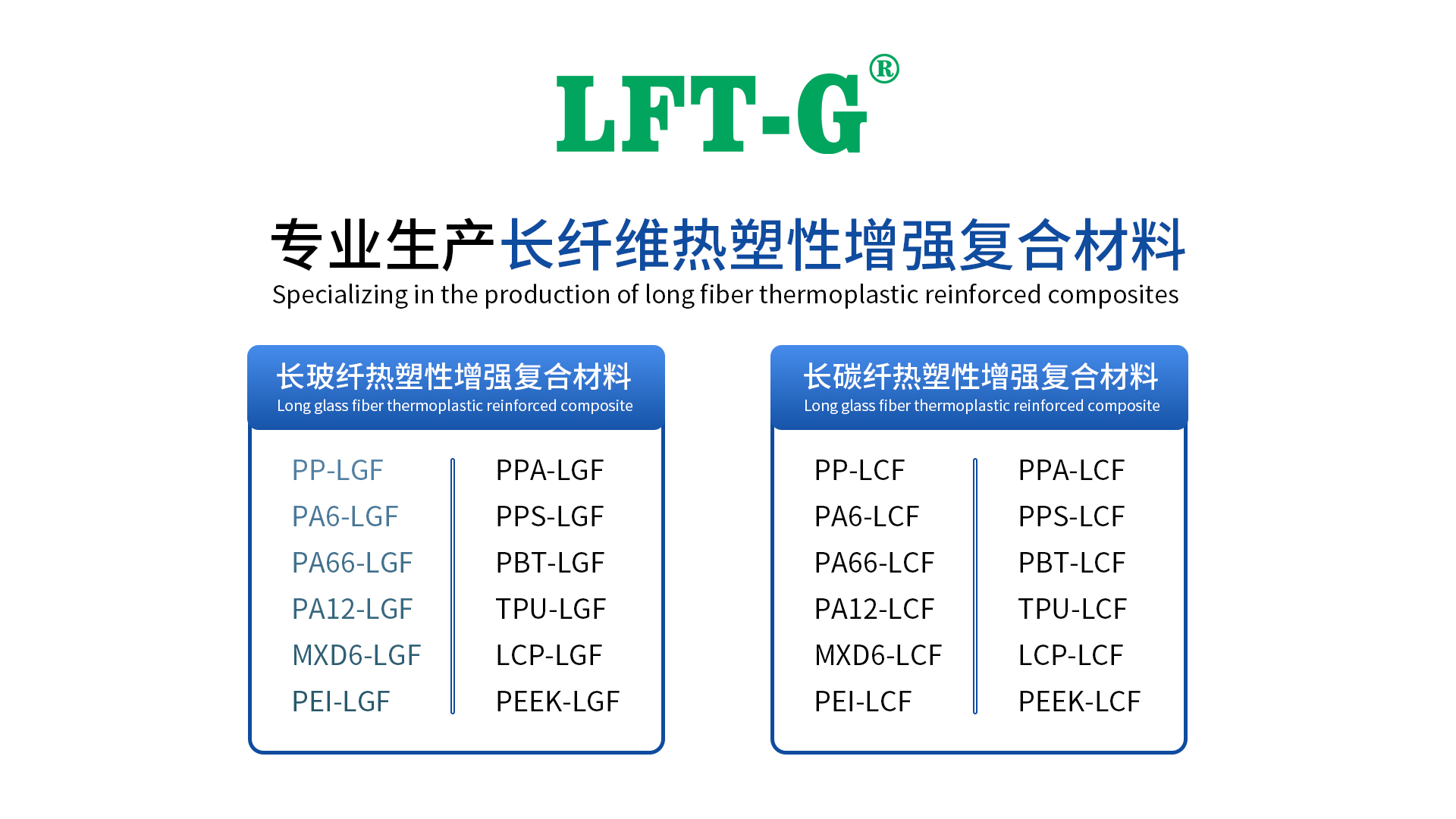
Verwandte Tags :